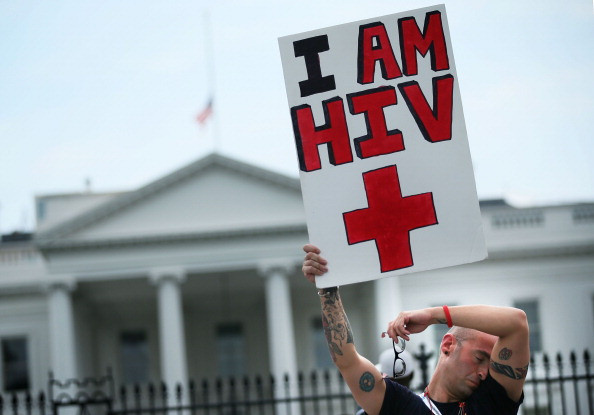There was never any 'Patient Zero' of HIV in the US
By reconstructing early HIV genomes, scientists show the US strain originated in the Caribbean.

Scientists have cleared the name of the man referred to as the 'Patient Zero' of the HIV epidemic which developed in North America in the 1970s. With precise historic and genetic analysis, they have shown that the virus spread from the Caribbean to New York City before becoming widespread in the rest of the US.
One of the difficulty in studying and treating HIV is that the virus is characterised by important genetic diversity and different strains exist around the world. In Europe and the Americas, the most common is a strain known as HIV-1 group M subtype B which can infect men who have sex with men. It is this strain that the authors of the study published in the journal Nature Genetics have focused on, as its introduction in North America represented a turning point in the HIV/AIDS pandemic.
Up to now, studies that retrace the geographic and historic origins of HIV-1 group M subtype B in North America were based on partial HIV-1 genomes dating from after 1981, the year AIDS was first documented by the Center for Disease Control and Prevention (CDC).
This means that very little was known so far about the the earliest movements of the virus in the US and where it came from. In this context, Gaetan Dugas, the man that became known as 'patient zero', was blamed for having started the epidemic – wrongly as the study reveals.
New York City, a key hub
The scientists managed to recover eight coding-complete genomes from US serum samples from New York and San Francisco, dating back to 1978 and 1979. These archived samples had originally been collected from men who have sex with men who had been involved in hepatitis B virus studies in the late 1970s.
"What we have done here is tried to get at the first cases of AIDS that were ever noticed. We have gone back in time and looked at archival samples and we have been able to screen many of these samples and find several of them that had evidence of HIV infection. We then developed a new technique which allowed to retrieve and reconstruct the complete virus genome from eight of these patients from very early on in the epidemic", study author Michael Worobey, from the University of Arizona, explained during a press conference.

An analysis of these genomes suggests that the epidemic was characterised from the beginning by important genetic diversity and that the origins of the strain circulating in the US from the early 1970s could be traced back to Caribbean countries like Haiti.
Furthermore, the New York city genomes show important genetic diversity compared with the San Francisco genomes. "Even though these genomes are from early in the epidemic, long before HIV and AIDS were first noticed, they display important genetic diversity – this is direct evidence that the virus circulated long before the disease was recognised in the early 1980s", Worobey said.
"You see a pattern of extensive genetic diversity in New York City, suggesting it was the key hub of diversification for the virus. The restricted genetic diversity in San Francisco suggests the city was a later dispersal area out of New York City".
No case to blame 'patient Zero'
For years, the outbreak in the US was blamed on Canadian flight attendant Gaetan Dugas after his name appeared in the book "And the Band Played On" by Randy Shilts. Media coverage subsequently insinuated that he was the 'patient zero' - the source of the North American epidemic - especially since he was described as having had many sexual partners.
This was despite health authorities never having blamed Dugas for the outbreak. The present study confirms that no genetic nor historic evidence supports the theory that Dugas introduced HIV in the US. He was just one of the thousands of homosexual men who developed AIDS after being infected with the virus. Dugas died in 1984 as a result of kidney failure caused by AIDS-related infections.
The scientists managed to recovered the HIV-1 genome from 'Patient Zero', showing it appeared to be typical of US strains of the time and so that it was not the first one to have been introduced in the country.
Historical records also indicate that the name 'Patient Zero' arose because of a misunderstanding. Indeed, Dugas man was dubbed Patient 'O' because he came from 'Out(side)-of-California', and this letter 'O' was then misinterpreted as the number '0', and widely reproduced in the media.

According to the study's authors, clearing Dugas' name and showing an outbreak is unlikely to be caused by a single individual is crucial to deal better with epidemics. "One of the danger of focusing on a single patient 0 in the early phases of an epidemic is that we risk obscuring important structural factors that might contribute to its development such as poverty, legal and cultural inequalities, or barriers to healthcare and education", concluded co-author Richard Mckay from Cambridge University.
© Copyright IBTimes 2025. All rights reserved.






















